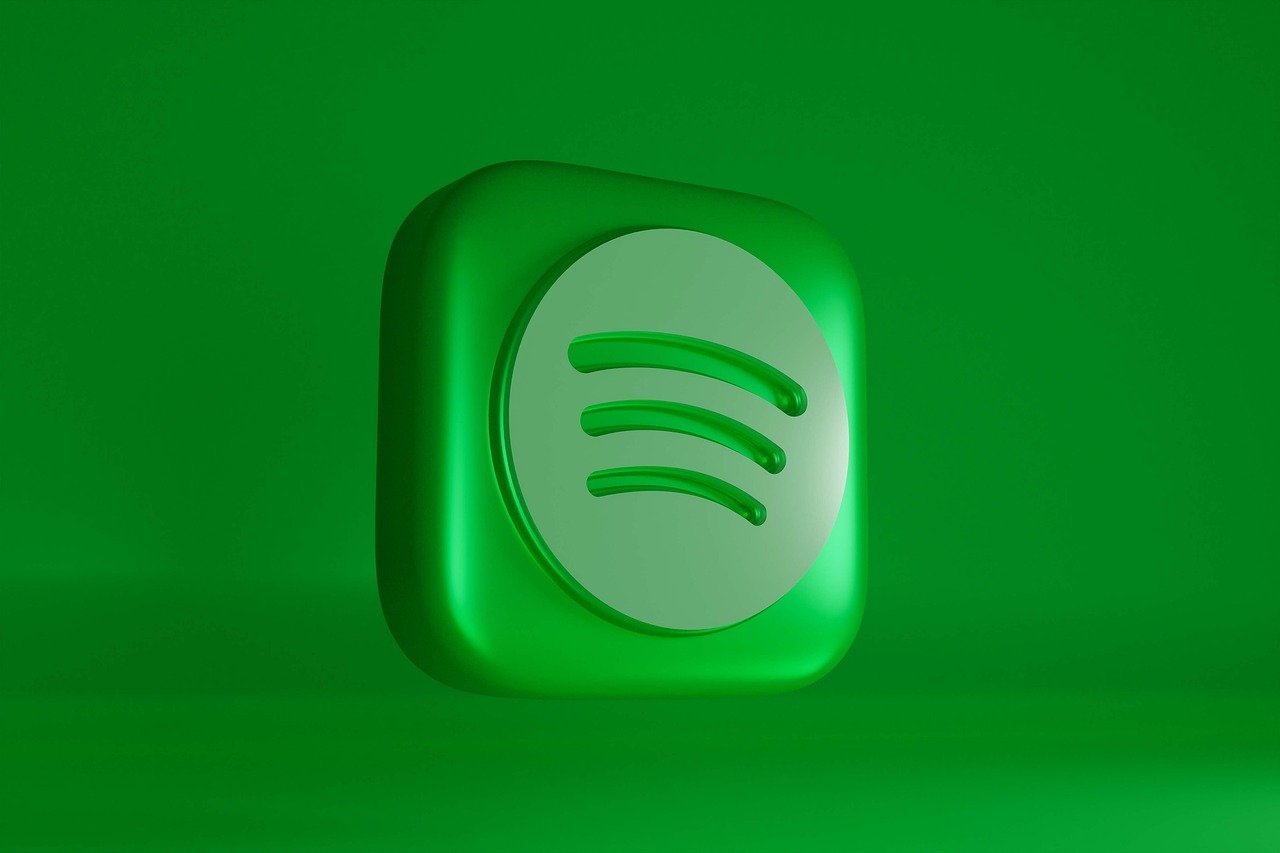In the last two decades, the music industry has undergone a dramatic transformation. From the era of CDs and rampant file-sharing to subscription-based streaming, few companies have shaped this evolution more profoundly than Spotify. This article will explore what Spotify is, how its business model works, how it generates revenue, how it played a critical role in replacing illegal downloads with legitimate listening, and how its podcast segment is reshaping audio entertainment.
What Is Spotify?
Spotify is a digital music, podcast, and video streaming service launched in 2008 in Sweden by Daniel Ek and Martin Lorentzon. It offers users access to over 100 million tracks and millions of podcast episodes through both free (ad-supported) and paid (premium) tiers.
Spotify’s platform is available in over 180 countries and has grown into the world’s largest audio streaming subscription service, boasting more than 600 million users, including more than 230 million premium subscribers (as of early 2024).
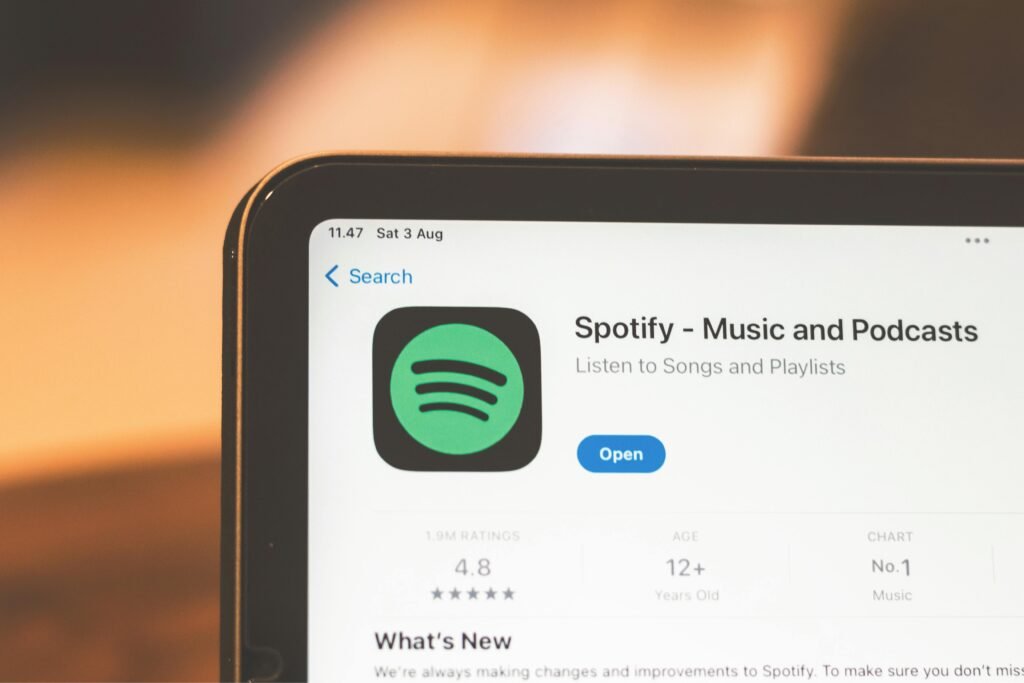
How Does Spotify Work?
At its core, Spotify operates on a cloud-based streaming model. Rather than downloading audio files permanently, users access content on demand via the internet. Here’s how it works technically and functionally:
- Content Licensing: Spotify negotiates licensing agreements with major record labels, independent distributors, and rights organizations to acquire streaming rights for music and podcasts.
- Content Delivery Network (CDN): Spotify uses a CDN to cache and deliver content quickly to users worldwide.
- Personalization Algorithms: Advanced recommendation engines analyze user behavior (playlists, listening time, likes) to curate personalized playlists like Discover Weekly and Release Radar.
- Multi-Platform Access: Users can stream via desktop, web player, mobile app, smart speakers, and in-car integrations.
- Offline Mode: Premium users can download tracks for offline listening.
How Does Spotify Make Money?
Spotify’s revenue comes from two main sources:
- Premium Subscriptions
- Users pay a monthly fee (varies by region) for an ad-free experience, higher audio quality, and offline listening.
- This subscription model accounts for about 85% of Spotify’s total revenue.
- Advertising
- Free-tier users hear audio and display ads between tracks.
- Advertisers pay Spotify to target specific demographics and interests.
- In 2023, Spotify reported over $1.5 billion in ad-supported revenue, reflecting the importance of this segment.
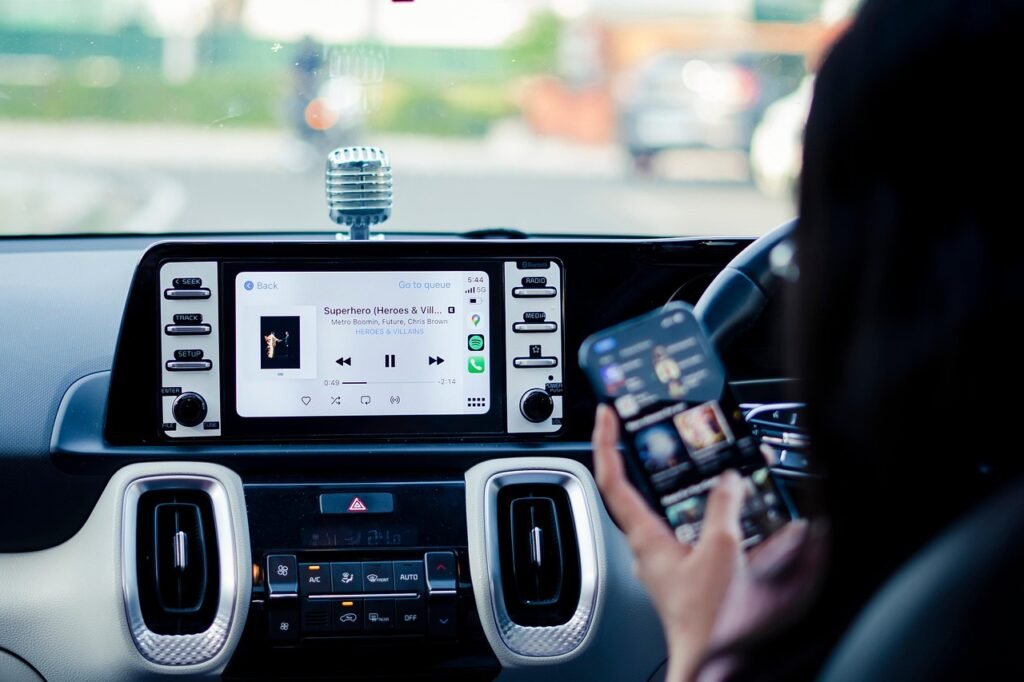
How Spotify Helped Replace Piracy with Legal Streaming
Before Spotify and similar services, the early 2000s were dominated by illegal file-sharing platforms such as Napster, LimeWire, and The Pirate Bay. Piracy flourished because consumers wanted convenient, free access to music, and the industry lacked compelling legal alternatives.
Spotify disrupted this cycle by offering:
✅ Immediate access to a vast catalog without needing to download files illegally.
✅ Affordable monthly subscriptions, making it cheaper than buying individual albums or risking malware from pirated sites.
✅ Better user experience through curated playlists, recommendations, and cross-device syncing.
This approach fundamentally shifted consumer behavior. Instead of owning files, people grew comfortable with renting access to an endless library. By 2020, streaming had become the dominant revenue source for recorded music globally, surpassing both downloads and physical sales.
The Role of Podcasts
Podcasts have become a central pillar of Spotify’s strategy.
- Acquisitions: Spotify acquired podcasting companies such as Anchor, Gimlet Media, and Parcast to expand its library and production capabilities.
- Exclusive Content: High-profile deals with creators like Joe Rogan, Michelle Obama, and the Call Her Daddy podcast brought exclusive shows to the platform.
- Advertising Innovation: Spotify launched the Spotify Audience Network, allowing advertisers to target podcast listeners programmatically.
- Monetization Tools: Creators can now offer paid subscriptions and dynamic ads within their shows.
By investing heavily in podcasting, Spotify aims to diversify beyond music, drive engagement, and become the default platform for all forms of audio content.
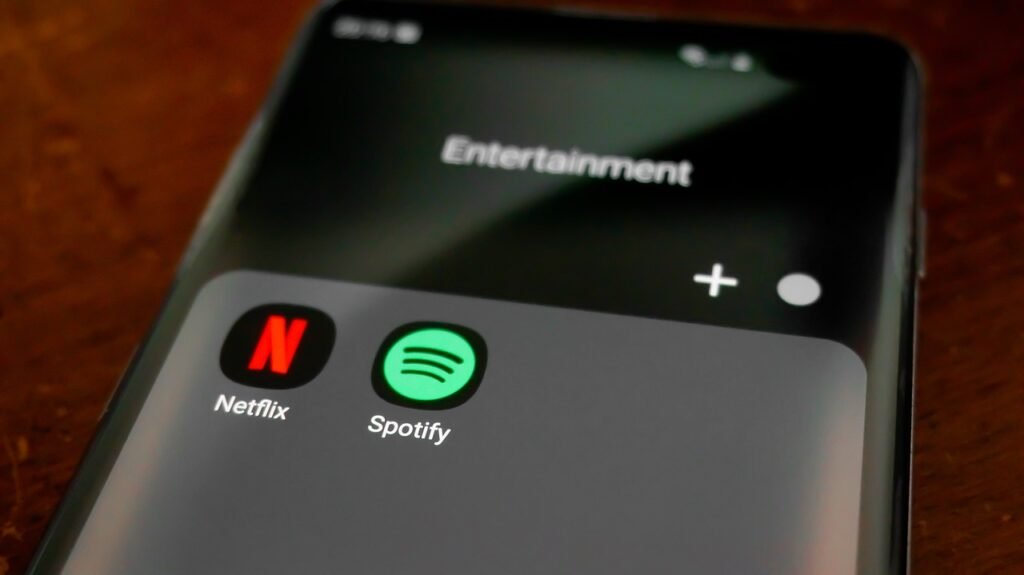
Spotify’s Business Model at a Glance
Below is a simple comparison table highlighting the core pillars of Spotify’s business model:
| Component | Description |
|---|---|
| Revenue Streams | Premium subscriptions (~85% revenue) and advertising (~15% revenue) |
| Cost Structure | Licensing fees to rights holders, technology infrastructure, R&D, marketing |
| Value Proposition | Unlimited access to music and podcasts, personalization, multi-device compatibility |
| Key Partners | Record labels, independent distributors, podcast creators, advertisers |
| Customer Segments | Free users (ad-supported), premium subscribers, advertisers |
| Growth Strategy | Geographic expansion, exclusive podcast content, new advertising formats, creator services |
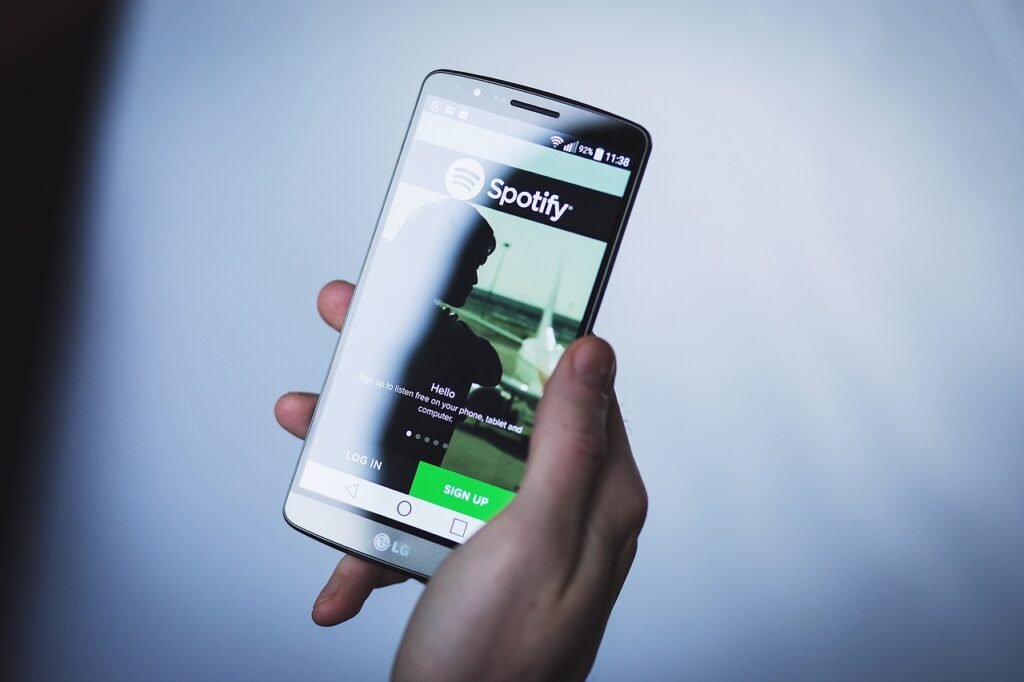
Challenges and Criticism
While Spotify has achieved massive scale, it also faces challenges:
- Profitability: Despite high revenues, Spotify often posts annual losses due to significant licensing and growth costs.
- Artist Compensation: Some musicians and rights holders argue that per-stream payouts are too low.
- Competition: Apple Music, Amazon Music, YouTube Music, and regional platforms like Deezer and Tidal all vie for market share.
Nonetheless, Spotify remains a leader in streaming thanks to its user-centric design and relentless innovation.
Need a professional website to grow your business across the EU?
👉 Rakuzan.eu provides digital business solutions tailored for entrepreneurs — website development, optimization, and more.
And if you’re launching online, make sure your hosting is fast and reliable.
👉 Use Hostinger to get started quickly and affordably.
Disclaimer: This article is for informational purposes only and does not constitute financial, investment, or business advice. Always consult a professional before making decisions that could affect your company or personal finances.



